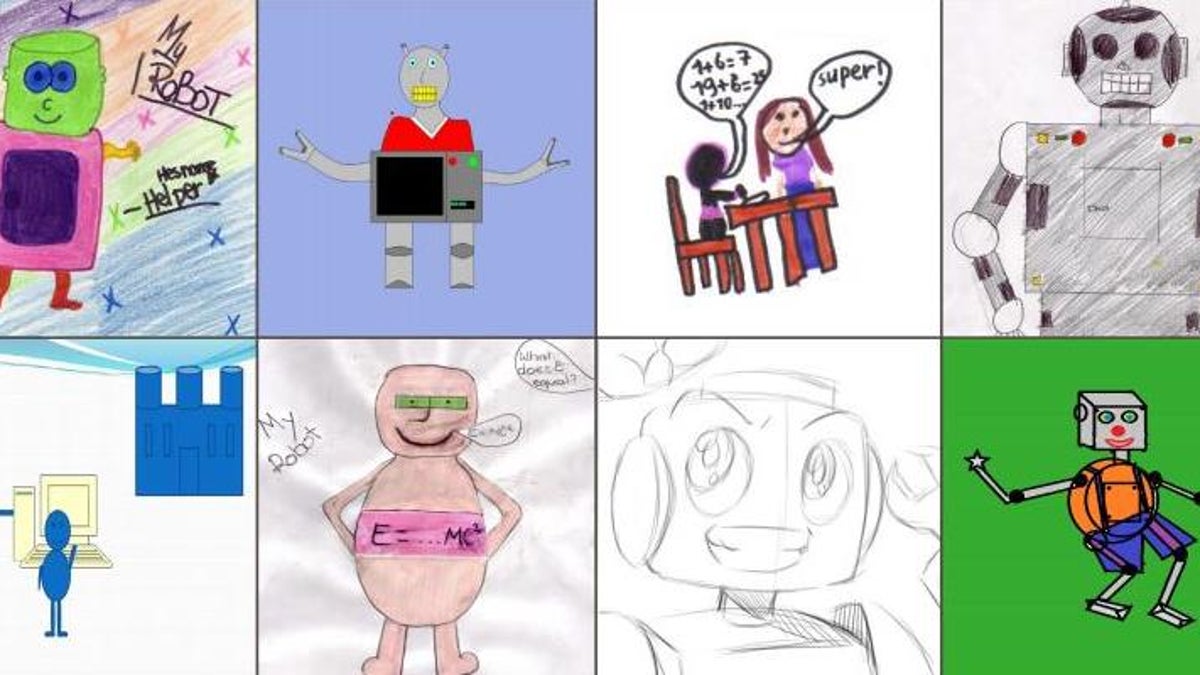Reading, writing, arithmetic, and...robots?
Little surprise: Kids want personalized, human-like robots that help them learn and play with them, says a Lego-affiliated study that finds potential in robots to enhance tech-centric learning styles.

First personal computers crept into the classroom, followed by smart phones and tablets. Now, it's robots.
Media research company Latitude finds that robots have great potential as education tools. A study published today, which was done in collaboration with Lego Learning Institute, said robotics open up new ways of learning by blurring the line between play and work. Robots can also help students work at their own pace and enhance their ability to be self-directed, according to the study.
"Education and learning are moving, at least in many children's eyes, beyond acts of knowledge transmission toward acts of exploration and creation. As participants in this new model, robots and other intelligent technologies could help unleash the inherent and expansive capabilities of each child in ways that we've only begun to conceive," said Latitude president Steve Mushkin, in a statement.
The survey was built around asking 350 "kid-innovators" aged eight to 12 how things would change if robots were part of their everyday lives. The results indicate that children have a very human view of robots. Instead of machines that get tasks done for them, these digital natives see robots as ideal humans, able to help them at various tasks and make them feel comfortable socially.
"Robots are better versions of our teachers and parents, offering limitless time and patience, encouraging confidence and self-direction, and allowing us to make mistakes sans self-consciousness," according to the study. In addition, the study's authors argue that robots can help remove any social stigma related learning at school.
Perhaps the most common type of robot used today for education is Lego's Mindstorm which teaches children how to program the device's sensors and motion. The pictures students in the study drew were commonly of humanoid robots that act as companions to children's daily lives, alternating between play companion and homework helper.
It's not surprising that children have an idealized view of what robots can do and, no doubt, learning about technology and using technology to learn to some degree makes sense for today's children. But there's a healthy debate over the appropriate role of technology in classrooms, with many arguing that technology should enhance face-to-face collaboration between students and teachers, rather than replace it.
Robots are yet another form of technology that people can expect to come into contact with. How effective they are at enhancing education will depend on how they're designed and used.

